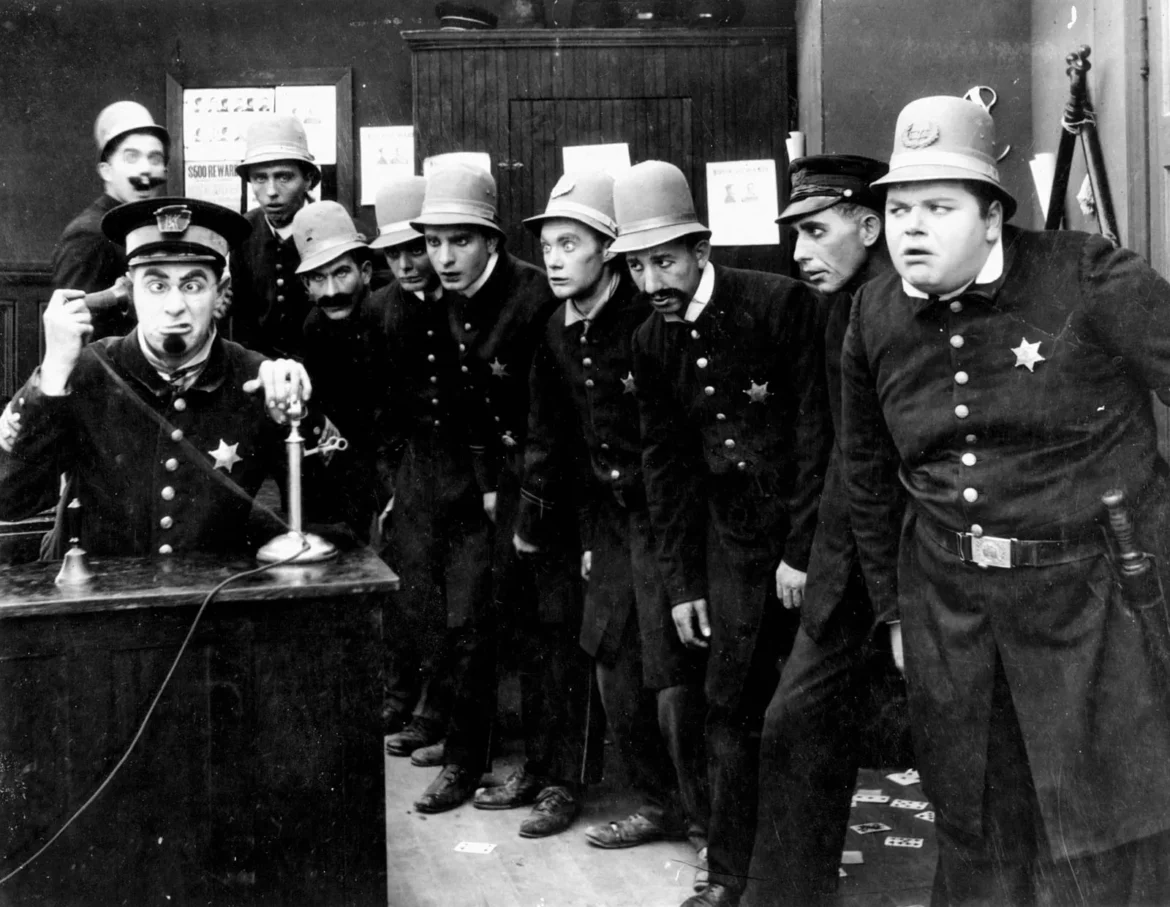The years following World War I marked a significant transformation in the entertainment industry, catalyzing its growth and establishing it as a fundamental aspect of modern culture. But why did the entertainment industry grow significantly after World War I? Several interconnected factors contributed to this boom, including technological advancements, societal changes, economic conditions, and shifts in cultural attitudes. Understanding these elements provides insight into how the entertainment industry evolved during this transformative period.
Technological Advancements
One of the most pivotal factors in the expansion of the entertainment industry was technological innovation. The introduction of sound in films revolutionized cinema, leading to the production of “talkies” in the late 1920s. Prior to this, silent films had dominated the industry, but the advent of synchronized sound added a new dimension to storytelling. This innovation attracted larger audiences and encouraged filmmakers to experiment with new genres, such as musicals and comedies that relied heavily on dialogue and music.
Moreover, advancements in radio technology played a crucial role. The 1920s saw the rise of commercial radio, which brought entertainment directly into homes across America. Families gathered around their radios to listen to music, serial dramas, and news broadcasts, fostering a shared cultural experience. This era of mass communication allowed for the rapid dissemination of new ideas and trends, further fueling the popularity of various entertainment forms.
Economic Prosperity
The post-war economic boom also significantly impacted the entertainment sector. The United States experienced a period of unprecedented growth in the 1920s, often referred to as the “Roaring Twenties.” With increased disposable income, more people could afford leisure activities. The expansion of cities and the rise of the middle class created a demographic eager for entertainment options, from cinema and theater to dance halls and sporting events.
Additionally, the proliferation of automobiles transformed how people engaged with entertainment. The freedom to travel led to the emergence of drive-in theaters and other leisure activities that were previously inaccessible to many. This newfound mobility expanded the audience base for various entertainment forms and encouraged the establishment of new venues, from cinemas to amusement parks.
Cultural Shifts
World War I also left an indelible mark on society, shaping cultural attitudes and preferences. The war exposed individuals to new ideas and experiences, leading to a desire for escapism in the years that followed. People sought relief from the horrors of war through entertainment, gravitating toward the glitz and glamour of Hollywood, jazz music, and the lively atmosphere of speakeasies during Prohibition.
The 1920s also saw the rise of the “flapper” culture, characterized by a new sense of freedom and rebellion against traditional norms. This cultural shift influenced not only fashion and social behavior but also the themes and characters depicted in entertainment. Films began to reflect the changing societal values, exploring themes of individuality, liberation, and the complexities of modern life.
The Role of Hollywood
Hollywood emerged as the epicenter of the film industry during this period, attracting talent from across the globe and establishing itself as a beacon of creativity and innovation. The establishment of major studios, such as MGM, Warner Bros., and Paramount, facilitated the production of high-quality films that captivated audiences. The star system, which promoted actors and actresses as major attractions, also took shape, turning performers into cultural icons.
This era saw the rise of legendary figures like Charlie Chaplin, Greta Garbo, and Rudolph Valentino, whose larger-than-life personas drew audiences to theaters. The allure of Hollywood not only boosted the film industry but also influenced fashion, music, and even lifestyle choices, as fans emulated the glamorous lives of their favorite stars.
Impact of the Great Depression
Interestingly, while the Great Depression of the early 1930s posed economic challenges, it also underscored the importance of entertainment as a means of coping with hardship. The film industry adapted by producing escapist films that offered audiences a temporary reprieve from their struggles. Musicals and comedies became particularly popular, providing a sense of joy and hope during tough times.
The advent of sound and color technology continued to enhance the cinematic experience, drawing in audiences even as economic conditions fluctuated. The entertainment industry proved resilient, finding new ways to engage audiences and maintain its relevance in a changing world.
Conclusion
The question, “Why did the entertainment industry grow significantly after World War I?” can be answered through a blend of technological innovation, economic prosperity, cultural shifts, and the emergence of Hollywood. The era not only laid the groundwork for modern entertainment but also reflected the evolving values and aspirations of society. As the world moved further into the 20th century, the entertainment industry would continue to adapt and innovate, shaping cultural landscapes for generations to come. The post-war period remains a pivotal chapter in the history of entertainment, highlighting how art and culture can flourish in the face of adversity.







